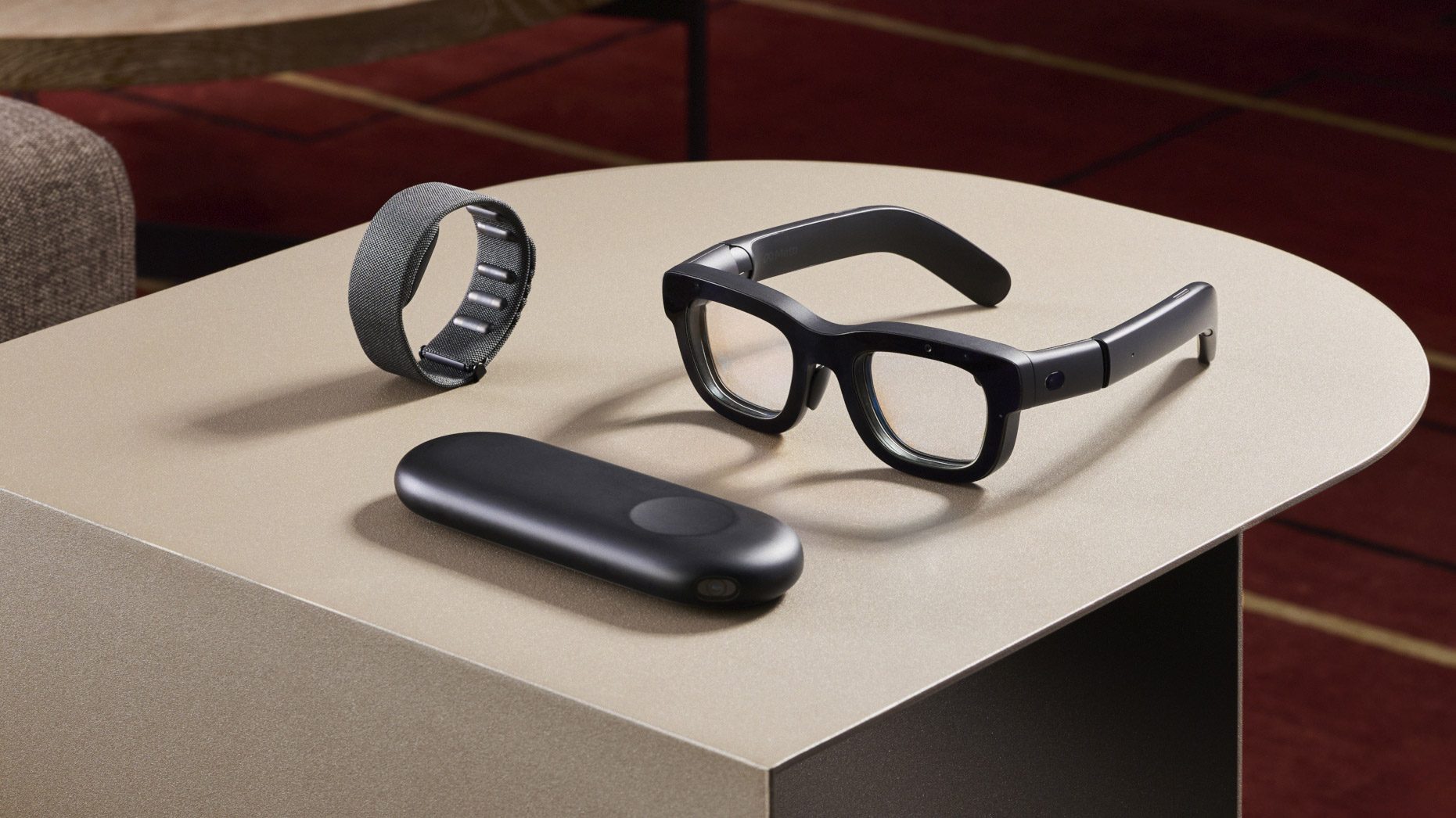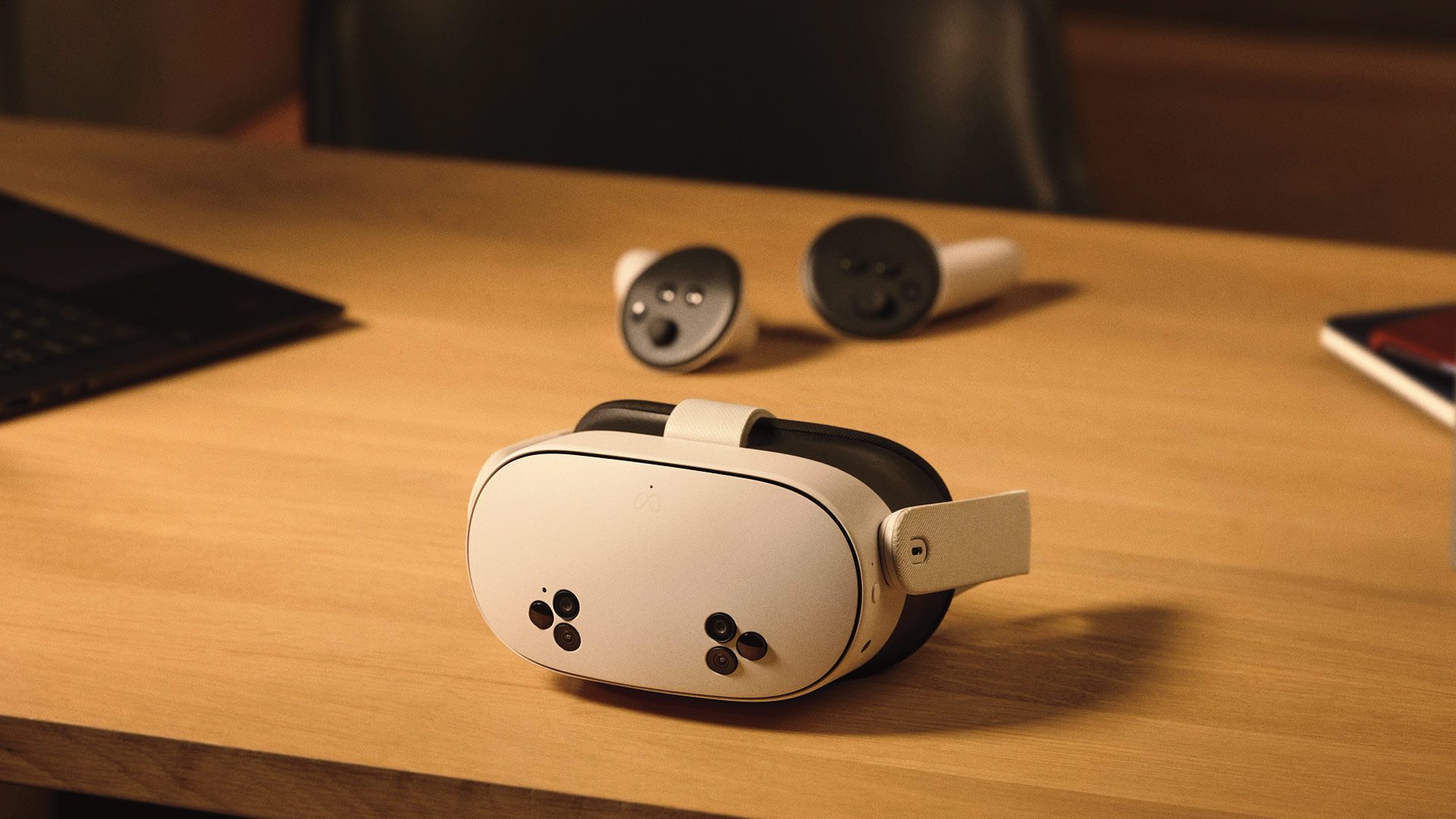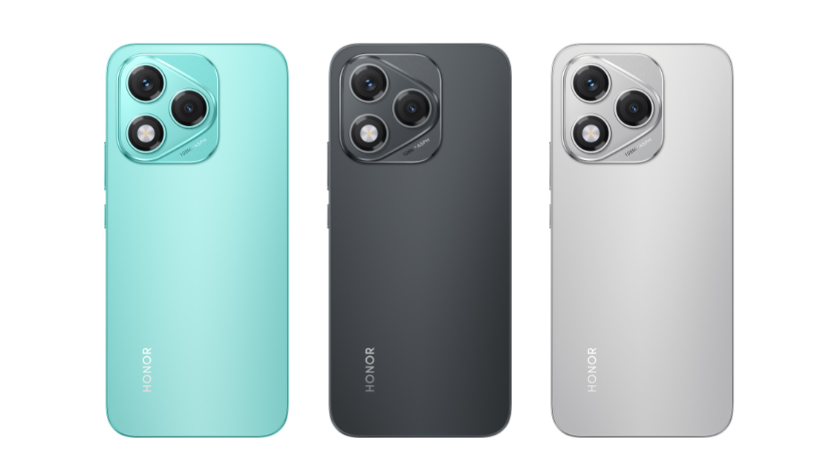Reducing weight and increasing performance are two of the most important factors in pushing standalone XR headsets forward. While Meta has shown off its own Orion AR glasses prototype using a wireless compute unit, Meta’s CTO Andrew Bosworth doesn’t think a similar setup is the magic bullet for standalone VR gaming.
Bosworth, who is also head of the company’s Reality Labs XR team, held another one of his Instagram Q&As earlier this week, where he typically delves into a wide variety of topics—some professional, some personal.
In the latest session, Bosworth expounded on the subject of wireless compute units, and how the company thinks they aren’t the right fit for its standalone VR headsets.
“We have looked at this a bunch of times. Wireless compute pucks just really don’t solve the problem. If you’re wireless, they still have a battery on the headset, which is a major driver of weight. And, sure, you’re gaining some thermal space so your performance could potentially be better, although you’re somewhat limited now by bandwidth because you’re using a radio,” Bosworth says.
Technical hurdles aside, Meta is primarily focused on building something accessible to consumers, with its latest Quest 3S selling for as low as $300 for the 128GB version. Bosworth continues:
“You’ve increased your cost dramatically, because even if your major silicon is in the wireless compute puck, you still need quite a bit of silicon to just power the displays and do the local corrections required there, and handle the stream of data. So it really ends up … the math doesn’t work, is what I’m saying. And it doesn’t end up saving you that much weight and dramatically increases your cost and complexity.”

This comes in contrast to Meta’s Orion prototype, which does incorporate a wireless compute unit. Granted, Orion isn’t going to be productized due to its enormous cost—a reported $10,000 per-unit owing to its difficult-to-produce silicon carbide lenses, however it’s clear that in some cases wireless pucks do make sense—namely in delivering less immersive graphics to AR glasses.
Then again, Bosworth has said its first pair of AR glasses for consumers won’t hit at that Quest price-point when they land at some point in the future. Bosworth said back in September that such a device is “not going to be cheap,” noting however the company aims to make them accessible “at least in the space of phone, laptop territory.”


![[Industry Direct] Opening a New Chapter in VR Gaming – ‘The ChicKing Dead’ Enters Early Access! [Industry Direct] Opening a New Chapter in VR Gaming – ‘The ChicKing Dead’ Enters Early Access!](https://roadtovrlive-5ea0.kxcdn.com/wp-content/uploads/2025/04/2_CKD_Screenshots_1-640x360.jpg)




